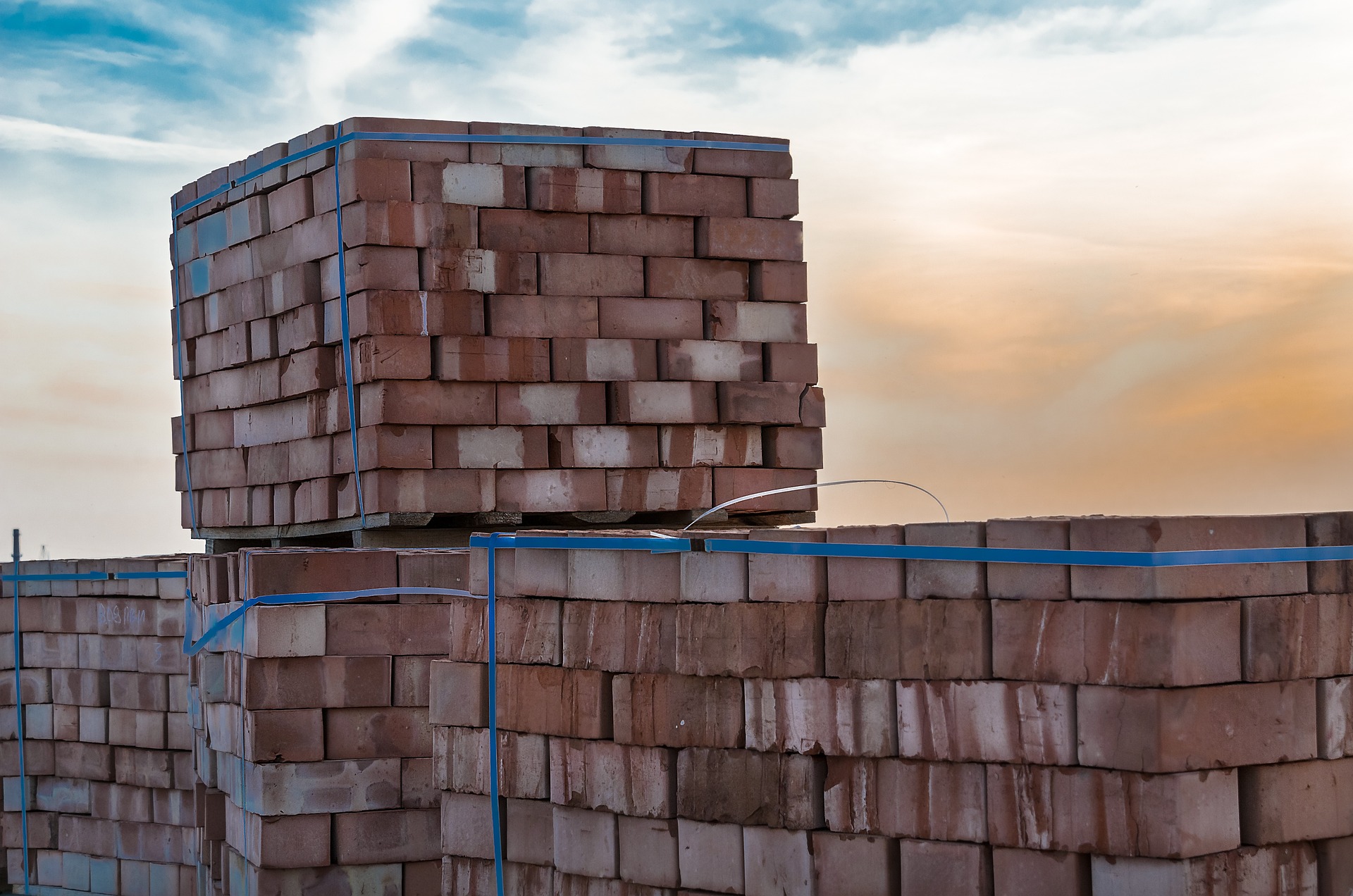The Biden Administration’s proposal on building materials rules used on federal construction and federally funded state and local buildings would significantly boost the made-in-America mandate.
In the past, products could qualify as domestically made if at least 55% of the value of their components were from the U.S. The administration intends to increase the percentage of value in stages from 55% to 60%, and then to 75%.
Implementing these rules will add complexity to sourcing materials for projects receiving federal funding. For example, a mix between U.S. and Canadian dimensional lumber for a project probably wouldn’t be allowed if the Canadian wood was processed outside the U.S. But domestically manufactured lumber made from Canadian logs would likely be acceptable.
The domestic mandate has raised concerns from construction industry groups. The National Association of Home Builders has urged exemptions for single-family and multifamily affordable housing projects. Kojo, a firm that makes materials management software for contractors, says that restricting the supply base to American-made is likely going to burden contractors who are already having difficulty sourcing materials at reasonable costs.
According to the Biden Administration, the proposed rule directs the following changes to strengthen Buy American requirements:
- “Make Buy American Real” and close loopholes by raising the domestic content threshold. The Buy American statute says products bought with taxpayer dollars must “substantially all” be made in the U.S. However, today, products could qualify if just 55%–just over half—of the value of their component parts was manufactured here. The NPRM proposes an immediate increase of the threshold to 60% and a phased increase to 75%. This proposal would close a problematic loophole in the current regulation, while also allowing businesses time to adjust their supply chains to increase the use of American-made components. If adopted, this change would create more opportunities for small- and medium-sized manufacturers and their employees, including small and disadvantaged enterprises, from all parts of the country. To support this work, the Small Business Administration has created a new manufacturing office in its federal contracting division.
- Strengthens domestic supply chains for critical goods with new price preferences. As the pandemic made clear, supply chain disruptions can impact the health, safety, and livelihoods of Americans—leaving us without access to critical goods during a crisis. Some products are simply too important to our national and economic security to be dependent on foreign sources. The NPRM proposes applying enhanced price preferences to select critical products and components identified by the Critical Supply Chain review, mandated under E.O. 14017, and the pandemic supply chain strategy called for under E.O. 14001. These preferences, once in place, would support the development and expansion of domestic supply chains for critical products by providing a source of stable demand for domestically produced critical products.
- Increases transparency and accountability in Buy American rules. Reporting challenges have hampered implementation of Buy American rules for decades. Currently, contractors only tell the government if they meet the content threshold rather than reporting the total domestic content in their products. The NPRM proposes to establish a reporting requirement for critical products. The new reporting requirement would bolster compliance with the Buy American Act and improve data on the actual U.S. content of goods purchased. More complete and accurate data would be used to target future improvements to support America’s entrepreneurs, farmers, ranchers, and workers— and along the way, create good jobs and resilient communities.
Learn more about the Buy American Rule at Whitehouse.gov.
Related Stories
| Oct 2, 2014
California Energy Commission launches code upgrade process
The California Energy Commission launched the upgrade process to Title 24, the state energy code, last month.
| Oct 2, 2014
Canals to mitigate flooding could be in Boston’s future
The Urban Land Institute held brainstorming sessions over the last several months involving more than 70 engineers, architects, and development and insurance specialists to examine how rising sea levels would affect four representative areas in and around Boston.
| Oct 2, 2014
Los Angeles reverses ban on high-rise slanted roofs and spires
Los Angeles reversed course last month on a regulation that had barred skyscrapers from having slanted roofs or spires.
| Sep 29, 2014
10 common deficiencies in aging healthcare facilities
VOA's Douglas King pinpoints the top issues that arise during healthcare facilities assessments, including missing fire/smoke dampers, out-of-place fire alarms, and poorly constructed doorways.
| Sep 23, 2014
Designing with Water: Report analyzes ways coastal cities can cope with flooding
The report contains 12 case studies of cities around the world that have applied advanced flood management techniques.
| Sep 10, 2014
Nine out of 10 New York City building plans fail energy code test
Earlier this year, New York City's Department of Buildings began auditing thousands of architectural plans for new and renovated office and residential buildings.
| Sep 2, 2014
Proposed federal rules would create more stringent healthcare facility safety rules
A key change is a requirement that buildings over 75 feet tall have sprinkler systems throughout the structure. Existing buildings would have 12 years to install them.
| Aug 14, 2014
Mississippi county rejects adoption of state building code
The county board of supervisors voted unanimously to opt out of the state building code.
| Aug 14, 2014
2014 National Electrical Code now effective in 12 states; 11 more to come online by January
The National Fire Protection Association (NFPA) says that the 2014 edition of the National Electrical Code(NEC) is now effective in 12 states: Alabama, Colorado, Idaho, Maine, Massachusetts, Minnesota, New Mexico, Rhode Island, South Dakota, Vermont, Washington and Wyoming.
| Aug 4, 2014
Facebook’s prefab data center concept aims to slash construction time in half
Less than a year after opening its ultra-green, hydropowered data center facility in Luleå, Sweden, Facebook is back at it in Mother Svea with yet another novel approach to data center design.















